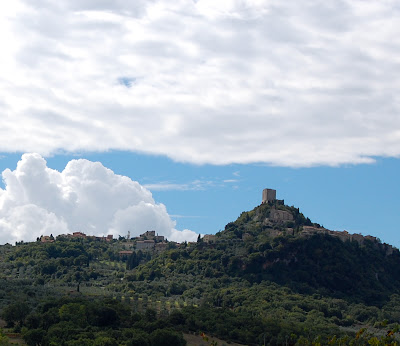 Last weekend I went out to western Mass to see my sister-in-law, Ann Lee Hallstein. Always the gracious host, she takes me on walks and outings she knows I will enjoy. On Saturday we went to the Smith College, Fall Chrysanthemum Show which is in their greenhouse near the Botanical Garden. This show will be up until Nov. 21st, so if you are in the area, I recommend both a walk along the water way and a peek at the small, but charming display in the greenhouse. The horticulture students created hybrids and attendees are invited to vote for their favorite, a difficult job to do as each flower type is as beautiful as the next. This one was my pick.
Last weekend I went out to western Mass to see my sister-in-law, Ann Lee Hallstein. Always the gracious host, she takes me on walks and outings she knows I will enjoy. On Saturday we went to the Smith College, Fall Chrysanthemum Show which is in their greenhouse near the Botanical Garden. This show will be up until Nov. 21st, so if you are in the area, I recommend both a walk along the water way and a peek at the small, but charming display in the greenhouse. The horticulture students created hybrids and attendees are invited to vote for their favorite, a difficult job to do as each flower type is as beautiful as the next. This one was my pick.
There are many forms to this member of the daisy family, and all are here in abundance.
Cascades, which require months of special pruning and training:
Standards, which are large blooms that can reach seven feet in height!
There are many exceptional hybrids that out shine any bushy variety at your local Depot.
One of the lovely "cross curriculum" features on display was the poetry chosen by students in the East Asian Language and literature class:

There is also a poetry reading, music and lectures scheduled. Check it out at: www.smith.edu/garden.
After I got home, I got busy on the computer and ended up with many serendipitous finds. In my own work, when I choose an image or particular flower there are usually personal reasons behind behind my choice.
This small painting is a tribute to the ephemeral nature of all flowers.
 In Chinese and Japanese cultures, all seasonal and natural subjects have meanings beyond their appearance; most of it known by their audience and in context to their culture.
In Chinese and Japanese cultures, all seasonal and natural subjects have meanings beyond their appearance; most of it known by their audience and in context to their culture.
Chrysanthemums, the November flower, signal the last burst of summer and in many Asian motifs, represent lamentation and grief, adding a special poignancy to the season. In European cultures the white chrysanthemum is used for funerals and on graves. In contrast, in the United States we look on these flowers optimistically and in some countries chrysanthemums represent honesty.
But, as we all know, research is frequently contradictory and meaning can be applied in all kinds of ways.
At the MFA in Boston there is a display of Japanese prints which feature characters with tattoos. Chrysanthemums are in abundance. http://www.mfa.org/exhibitions/under-skin
It seems appropriate that there are also Chrysanthemum fire works:


Here's a quote from my Wikipedia source which seems particularly apt for my next find:
"If you would be happy for a lifetime, grow Chrysanthemums," says one ancient Chinese philosopher. In China the chrysanthemum is a symbol of Taoist simplicity and perfection. Autumn is the season of this flower, a time of tranquillity, completeness, and abundance following the harvest. Since it blooms right into winter, it may also symbolize the ability to mediate between life and death, between Heaven and Earth.”
 Makoto Yabe, who was my first teacher in ceramics at the DeCordova. He stunned the students on the first day of class by showing us chrysanthemum wedging. He said he spent years in apprenticeship doing nothing but wedging all day.
Makoto Yabe, who was my first teacher in ceramics at the DeCordova. He stunned the students on the first day of class by showing us chrysanthemum wedging. He said he spent years in apprenticeship doing nothing but wedging all day.
And here's his stoneware potin the Sackler collection with the flowers impressed using the "mishima" technique.
 Makoto Yabe also taught at the Harvard Ceramic Studio. I was glad I attended the special luncheon held in his honor. Sadly, he died soon after from cancer. His work and his teaching were a great gift. This small bowl is a humble and poignant reminder of how art helps us “mediate” between life and death.
Makoto Yabe also taught at the Harvard Ceramic Studio. I was glad I attended the special luncheon held in his honor. Sadly, he died soon after from cancer. His work and his teaching were a great gift. This small bowl is a humble and poignant reminder of how art helps us “mediate” between life and death. Happy Fall friends.... Let us give Thanks for the beauty of Art and the Natural World.
Stay warm!























